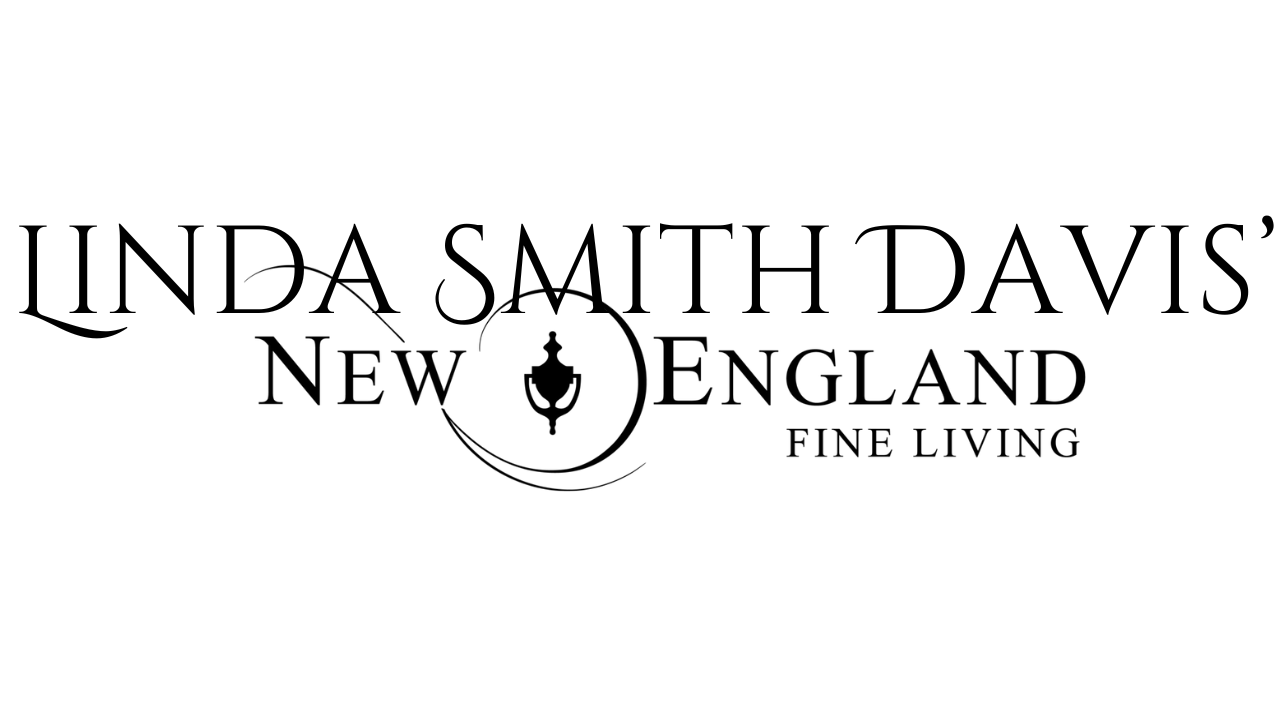The benefits of using bark mulch in New England
Bark mulch spread around Hosta at a local farm stand in Carlisle, MA
Spring is on its way and if you’re like me, you are already thinking about that first green shoot popping through the ground or bark mulch. Speaking of bark mulch, this is an article I wrote many moons ago for a local newspaper. After a little research, I created this list for those wondering what the benefits of using bark mulch are and what types there are.
To mulch or not to mulch that is the question.
Well not really if you know how many benefits there are to using an organic or inorganic product.
Let’s start with some of the benefits of mulch.
Mulch Can:
• Prevent the loss of water from the soil caused by evaporation
• Prevent the compaction of soil and keeps soil from crusting over. Improving the absorption of water and nutrients into the soil.
• Reduce the growth of weeds
• Improve your soil through decay. As the mulch decomposes it becomes a nutrient rich top soil.
• Keep exposed soil from splashing against structures and plants.
• Keep soil-borne disease from splashing onto your plants
• Prevent shrubs and tree trunks from being damaged by lawn equipment
• Add visual beauty to your landscape.
Different Mulch Types and Colors:
• Pine: If you are looking for a medium brown tone that works well in many design situations, pine, which is usually a blend of pine and spruce would be a good option. A two to three inch layer is good for weed control. From bag to bulk load, pine can be purchased as shredded to larger nuggets. Please note that if you are using the mulch for erosion, the larger nuggets float in heavy rain and might not be the best selection. The nuggets may also attract insects and termites. Shredded mulch decomposes faster and adds nutrients to the soil faster.
• Dark Performance Mulch: This is a finely ground aged mulch which comes fortified with compost. This darker colored mulch is perfect for all types of landscape beds.
• Cocoa Bean Hulls: I was introduced to this product through a friend. The rich color brown and fragrance is a real pleaser, but if you have pets that are allowed in the area of the cocoa bean hulls, they are highly toxic due to theobromine (chocolate poisoning) and could be deadly to your dog or cat. If you already have this product in your yard and have animals, you can check out the ASPCA poison control web site at http://www.aspca.org/pet-care/poison-control .
• Newspaper: I love this trick which I personally learned from my mother. Using newspaper (do not use the colored or glossy in vegetable gardens due to the potential of the ink leaching into the soil) is a fantastic idea to use UNDER the bark mulch. I use it to create new garden beds without the need to dig. Just lay several layers of newspaper down and then cover with the mulch. It will block weeds and grass and eventually decompose and you will have rich soil under your mulch. I also use this concept in my perennial gardens right at the start of the season.
• Straw: Here is one I did myself and learned the hard way. I used hay, not straw in my vegetable beds to help make paths (with my newspapers under it). Little did I know the hay I used was full of weed seeds and I was pulling more weeds than I was plucking vegetables. Straw, which can also come with some weed seeds, but I have been told not as many as hay, is also a great barrier to use in your perennial garden during the winter months.
• Rocks: There is no nutritional value to your soil to use rocks, but in a landscape that you want to suppress weeds and use in an area of permanent plantings (they are difficult to rake up). Using rocks can also create hot spots during the summer, so you might need to water the plantings more in that area. Colors range from red, white, taupe, and many variations of brown.
Color:
Finally, when selecting the color, you might want to keep in mind the color and style of the building it will be surrounding or where it will be placed in nature. If you want it to stand out and make a statement, the red toned mulches are more visual versus the brown and taupe tones that blend well into its surroundings.
By: Linda Smith Davis - New England Fine Living

